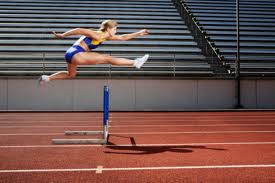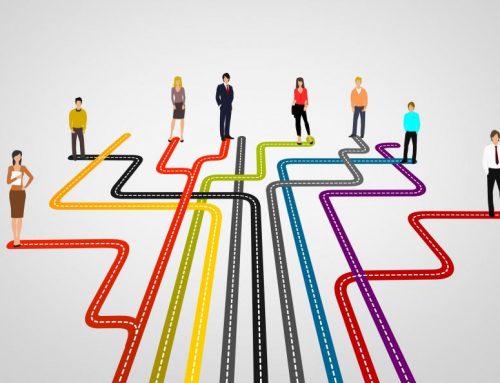 International Monetary Fund head, Christine Lagarde, is a former member of France’s synchronized swimming team. As a young girl, Condoleezza Rice was a competitive figure skater. Hillary Clinton played baseball, soccer, and softball. Brazilian President, Dilma Rousseff, played volleyball. PepsiCo CEO, Indra Nooyi, played cricket in India and baseball in the United States. Susan Rice, White House National Security Adviser, played point guard in basketball.
International Monetary Fund head, Christine Lagarde, is a former member of France’s synchronized swimming team. As a young girl, Condoleezza Rice was a competitive figure skater. Hillary Clinton played baseball, soccer, and softball. Brazilian President, Dilma Rousseff, played volleyball. PepsiCo CEO, Indra Nooyi, played cricket in India and baseball in the United States. Susan Rice, White House National Security Adviser, played point guard in basketball.
I think they’re on to something.
So does Ernst & Young (EY). In a recent survey of more than 800 women executives, EY found that a far greater proportion of C-suite rather than lower-level managers had participated in sports at a higher level, especially at university or as a working adult. In fact, nearly 67 percent of women now in C-level positions had participated in sports as working adults, compared with 55 percent of other female managers.[i]
The evidence for women athletes taking on leadership is overwhelming. A 2002 survey commissioned by Mass-Mutual Financial Group and Oppenheimer Funds of more than 400 senior women executives found that:
- More than 80 percent played organized team sports growing up.
- 86 percent say sports helped them to be more disciplined.
- 69 percent note sports assisted in the development of their leadership skills.
- 68 percent say sports helped them deal with failure.
- 59 percent believe sports gave them a competitive edge.[ii]
Figures like these inspired EY to link female elite athletes with senior executives across the world as part of its sponsorship of the 2016 Olympics in Rio. Their Women Athletes Global Leadership Network is a three-part program to:
- Create a first-of-its kind network connecting female elite athletes with business and government leaders who can mentor, inspire, and open doors after their competitive sporting career.
- Commission research on the impact of women’s advancement in sport and society.
- Highlight stories of inspiration.
According to EY, “By building a bridge between athletes and top women leaders, we can create a support network that will contribute to individual success, inspire the next generation, enrich communities, and spur economies around the world.”
Keep in mind, the research shows that behaviors and techniques learned through sport are the same critical behaviors and techniques used to motivate teams and improve performance in the workplace. So if you haven’t been the athletic type, finding organized activities that emulate this environment may also be beneficial.
[i] Women Athletes Global Leadership Network. Ey.com. Available at: http://www.ey.com/BR/pt/About-us/Our-sponsorships-and-programs/Women-Athletes-Global-Leadership-Network—perspectives-on-sport-and-teams. Accessed on September 4, 2013.
[ii] From Elite Athletes to Exceptional Leaders. Ey.com. (From the Locker Room to the Board Room: A Survey on Sports in the Lives of Women Business Executives, MassMutualFinancial Group and Oppenheimer Funds 2002.) Available at: http://www.ey.com/BR/pt/About-us/Our-sponsorships-and-programs/Women-Athletes-Global-Leadership-Network—About. Accessed September 4, 2013.





